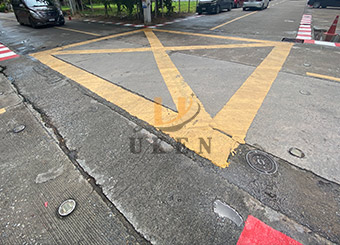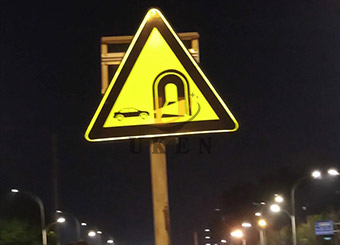Solar streetlights have emerged as a transformative force in modern urban lighting, representing a sustainable shift towards energy-efficient and eco-friendly solutions. These innovative lighting systems, equipped with photovoltaic panels, harness solar energy during the day to power LED lights throughout the night. The first aspect to consider is the core technology, where solar panels absorb sunlight, converting it into electrical energy stored in batteries. This energy is then utilized to illuminate streets, sidewalks, and public spaces, reducing dependency on traditional grid-powered lighting and lowering overall energy costs.
Beyond their environmental benefits, solar-led street lights play a crucial role in enhancing public safety and reducing reliance on conventional power sources. The second section delves into the real-world implications of these lights, emphasizing their impact on creating well-lit, secure urban environments. Their adaptability makes them suitable for a variety of settings, from residential neighborhoods to commercial districts and public parks. The versatility of solar street lights allows city planners and developers to strategically place them in areas where enhanced visibility is vital, promoting safer streets and fostering a sense of security among residents.
The third section of the article explores the economic advantages of solar streetlights outdoor, emphasizing their long-term cost-effectiveness. While the initial investment may be higher than traditional street lights, the significant reduction in energy bills and minimal maintenance requirements over time make them a financially sound choice. By analyzing the return on investment and potential savings, the article aims to provide city planners and decision-makers with insights into the economic viability of transitioning to solar street lighting systems.
In addition to their operational efficiency, the fourth section highlights the technological advancements that have made solar streetlights smarter and more adaptive. Integration with sensors, remote monitoring, and control systems allows for dynamic lighting solutions based on real-time data. This section discusses how these smart features contribute to energy conservation, as lights can adjust brightness based on traffic flow or ambient light conditions. The evolving technology in solar road lights positions them not only as sources of illumination but as integral components of smart city infrastructure.
The fifth section focuses on the maintenance and durability of solar streetlights. By utilizing durable materials and efficient design, these lights have minimal maintenance requirements compared to traditional counterparts. Weather-resistant construction ensures their longevity, even in harsh conditions. The reduced need for frequent maintenance not only saves on operational costs but also contributes to the overall sustainability and efficiency of urban lighting systems.
In conclusion, led solar street lamps stand at the forefront of the global shift towards sustainable urban development. Their multifaceted benefits, from environmental conservation to enhanced public safety and economic efficiency, position them as indispensable elements in the future of urban infrastructure. As cities strive to reduce their carbon footprint and embrace smart technologies, the revolutionary impact of solar streetlights continues to brighten the path toward a more sustainable and illuminated future.





